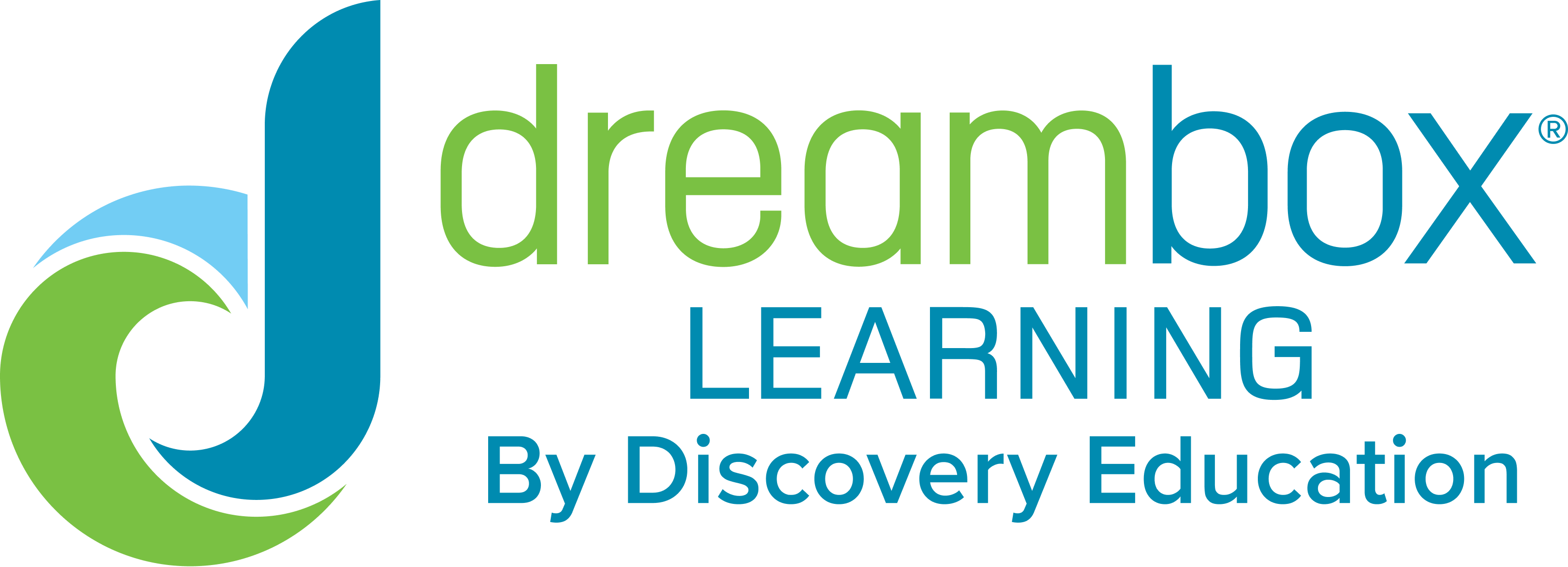In the February DreamBox Nation ‘Ask DreamBox Anything’ series, educators had the opportunity to ask our curriculum designers about geometry lessons. Knowing that geometry can be challenging for many students, teachers wanted to find the best ways to complement their instruction with DreamBox. Our curriculum designers shared how younger grades can practice foundational geometry skills, tips for helping students with partitioning lessons, ways they can use shapes in real-world setting, and more!
Check out the top 10 Q&A from the series below:
What does geometry look like for the K-2 environment?
Currently, DreamBox offers multiple types of lessons to help build fundamentals of geometry within the K-2 years. There are patterns lessons, designed to help students notice similarities and differences between different geometric figures and how to use them in a sequence. There are also partitioning lessons that allow students the chance to build fundamental understandings of how shapes are composed of many pieces (with the bonus of being an early exploration of fractions). There are also lessons that deal with drawing and classifying geometric shapes where students are asked to draw shapes based on instructions and classify geometric figures based on their properties.
Should lessons be assigned before the unit is started in class as a preview/pretest?
DreamBox isn’t designed to act as a pretest, given that an assignment triggers a set of lessons designed to help the student grow in that area.
When it comes to assessing what students know, our goal is to provide reporting about student proficiency with an innovative, reliable assessment design that uses longitudinal data, measures deeper learning over time, and is fun for students.
Instead of giving a “high-stakes” one-day screening test that approximates a student’s surface level knowledge, DreamBox uses continuous formative assessment to provide rich proficiency reporting from an adaptive platform that is constantly diagnostic.
How does Dreambox determine proficiency at earlier geometry standards if students haven’t done any of those lessons?
If a student is new to DreamBox and is placed at a certain grade level, DreamBox will give them several lessons to start out to gauge where they are in their learning process. If a student displays proficiency in an area, the lessons that appear prior to that one in the sequencing will not be required to complete for that student.
DreamBox will quickly begin to adapt students forward and back. So students may be working at a 3rd grade level in one domain, 2nd in another, and 4th in yet a different one. But we’ll continually be presenting them lessons in each of the domains that they are ready for. This is true of all domains and concepts, including geometry.
What sort of teaching or instruction is provided when a student shows they do not understand a concept, especially with geometry vocabulary?
In the geometry lessons on DreamBox that are a bit more vocabulary-heavy, there is a glossary of terms that exists and is always accessible for the student. Accessing the glossary does not penalize the student in any way, as we want the focus to remain on the learning above all else. The vocabulary, which important to begin to build a deeper understanding of, is never supposed to be a hold-up when answering a question on DreamBox. The lessons are designed to build up a student’s vocabulary base (and fill the glossary accordingly) slowly and over time. For example, DreamBox would not ask a student to create a pentagon with a pair of parallel sides before having the student first learn both what a pentagon is and what parallel sides are, independently of one another.
Will there be various levels of complexity for the lessons?
Yes! Every type of DreamBox lesson has many different “levels” within it, including our geometry lessons. Each set of lessons is designed to help guide students through the learning process for those specific topics. Every student’s path through a concept will be different.
The DreamBox Learning curriculum is designed to take the student through a coherent learning pathway, accelerating or decelerating where need be based on student evidence. For example, this means they could be working on skip counting, doubling, halving, etc. before ever seeing the multiplication standard algorithm or “basic” facts.
Any additional suggestions of how to use these lessons with special education or ESOL students?
With any student, if an educator would like to explore the lessons with the students in order to help get them started, rather than using a student’s lesson as the example, it may be helpful to use the “Demo” lesson available in the educator dashboard. This can be found by visiting the Student Activity screen and finding the desired lesson.
There is the option to turn on closed captioning to allow the student to both hear and read the directions for the lessons, which could be helpful for ESOL students!
How can we use real world shapes along with DreamBox?
Depending on what grade level and concepts are being dealt with here, there are many ways that geometry can be made into a more hands-on experience to accompany the DreamBox lessons. For younger students (roughly K-3), identifying familiar shapes in the real world is a great activity to try. Having students try to find specific examples of circles, squares, triangles, etc. at home and then share those examples with the class is a fun, engaging activity.
With upper grades and middle school, when geometry starts to include more measurement concepts, a similar activity where students find the areas, perimeters, volumes, and surface areas of various real-life shapes can provide some hands-on experience. One possible example of an activity like this could be pairing students off and having each of them find two different objects and allowing their partner to guess which one has the greater or lesser volume just based on the appearance of the objects.
Finally, a fun way to connect geometry with art could be to ask students to draw/create a depiction of something by using only a given list of shapes/shapes you have learned about/etc.
How do the lessons facilitate critical thinking and opportunities for problem solving?
Two important ways to support critical thinking in mathematics are the use of representation of mathematical ideas and discussions about those representations. DreamBox can supportboth of these strategies! You can use our Teacher Tools and share these with students via a projector or by screen-sharing. You can then let students take the driver’s seat for this activity! Ask two students to manipulate the teacher tools while talking about what they are doing together to solve the problem while other students work with a partner to also solve the problem but without their own computers – they have to rely on what the two students using the computer do. This arrangement turns what might otherwise be a solo activity into a group collaboration. You can then listen in on conversations to make it easier to choose students to share their ideas with the class to move the problem solving forward and give all students access to the critical thinking that occurs.
Dreambox aside, how do we provide hands on geometry experiences at home during hybrid or distance learning?
Depending on what grade level and concepts are being dealt with here, there are still many ways that geometry can be made into a more hands-on experience with distance learning. For younger students (roughly K-3), identifying familiar shapes in the real world is a great activity to try. Having students try to find specific examples of circles, squares, triangles, etc. at home and then share those examples with the class is a fun, engaging activity.
With upper grades and middle school, when geometry starts to include more measurement concepts, a similar activity where students find the areas, perimeters, volumes, and surface areas of various real-life shapes can provide some hands-on experience. One possible example of an activity like this could be pairing students off and having each of them find two different objects and allowing their partner to guess which one has the greater or lesser volume just based on the appearance of the objects.
Finally, a fun way to connect geometry with art could be to ask students to draw/create a depiction of something by using only a given list of shapes/shapes you have learned about/etc.
How can we make geometry more engaging for kindergarten students other than just rote memorization of shapes?
In the classroom, one way to make the learning a bit more engaging could be to focus more on how shapes are made, rather than simply which shape is which. One possible activity could be to give students sticks/cut out pieces of paper/etc. and ask them to see how many kinds of shapes they can make with just 3 sticks, and so on for any number. This way they can start to make connections between things like number of sides compared to number of vertices in various shapes.
Another way to make shape recognition more exciting could be to challenge students to find different shapes in the real world, whether in a classroom, outdoors, or at home. Doing this will not only help them recognize shapes in a more natural setting but will also likely lead to them finding two-dimensional shapes within three-dimensional ones, which is a helpful skill moving forward in geometry.
To see the full Ask DreamBox Anything discussion, current DreamBox educators can head over to DreamBox Nation to learn more. DreamBox Nation is accessible directly through the Insight Dashboard.
- Log in to your dashboard, select Resources and then DreamBox Nation.
- Create a login using the same email you use for DreamBox.

DreamBox_Learn










